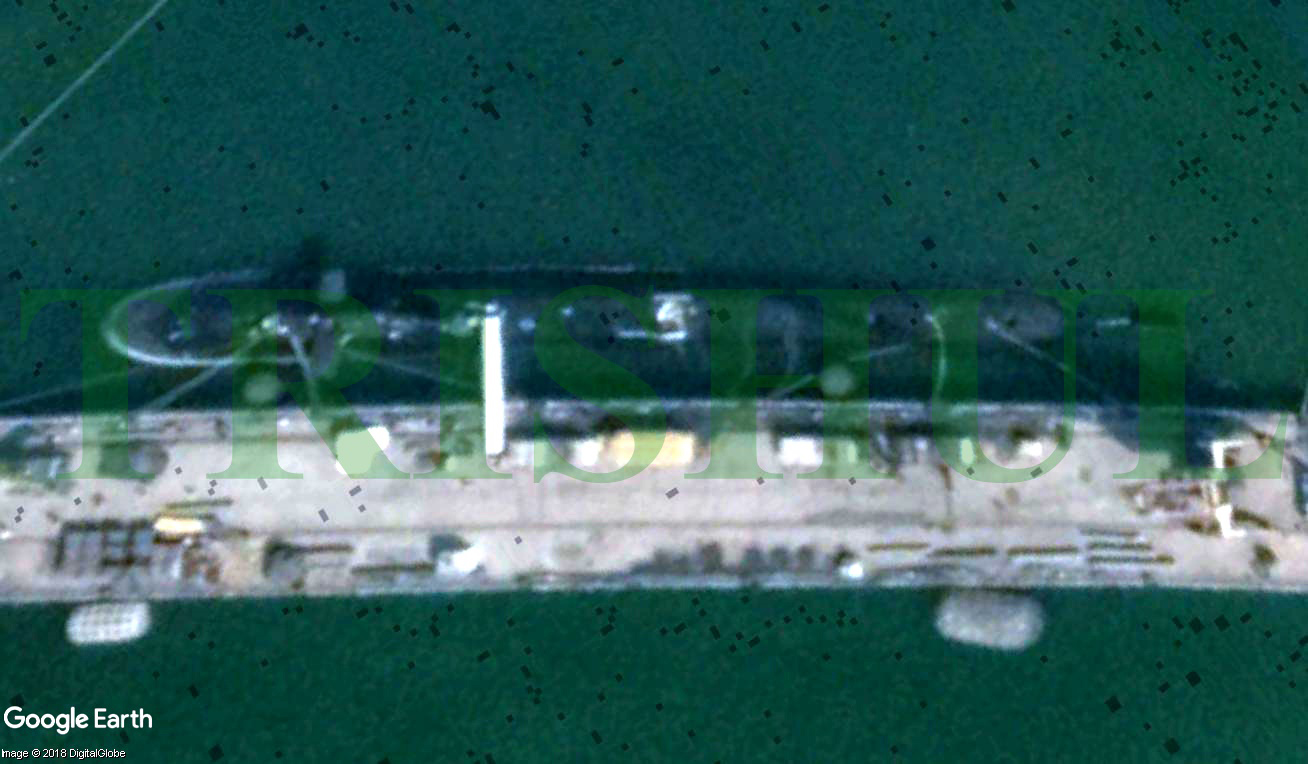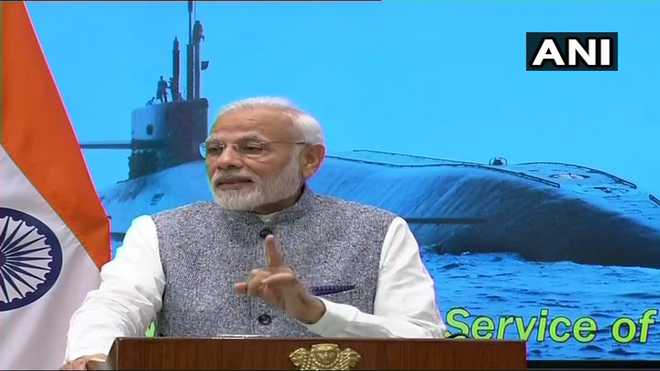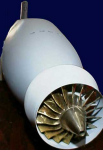Deep diving into the facts about INS Arihant 'accident'
By ET CONTRIBUTORS | Jan 12, 2018, 09.44 AM IST

By YUSUF T UNJHAWALA
On Monday, The Hindu reported that India's only operational nuclear ballistic missile submarine, INS Arihant, was out of action for about 10 months last year due to an accident. The report raises more questions than it answers due to its glaring technical and operational inconsistencies. First, the news item stated that the Arihant's propulsion compartment was damaged after water entered it, as a hatch on the rear side was left open by mistake.
The submarine has no hatches there. The Arihant is based on Russian double hull design with a sealed nuclear reactor section. Except for the latest French nuclear submarines that have a hatch above the reactor for quicker refuelling, no other country with nuclear submarines have such a system.
Although the Arihant's core is not designed to operate for the submarine's lifetime and will need refuelling, it does not have a hatch. To refuel, the hull will have to be cut open and welded back, as is the case for the Russian nuclear attack submarine, the Akula-II class that India has leased and operates as INS Chakra.
There are no external hatches in the compartment that houses the steam turbine, gearbox, generator and shaft that drives the propeller. Under normal circumstances, it is not possible for sea water to enter the submarine, and certainly not via a 'non-existent hatch'. It also not possible for a modern submarine that has various sensors to not have a warning system about an open hatch in any other area of the submarine critical for its survival.
Two, the news report says that the absence of Arihant from operations came to the political leadership's attention during the India-China military standoff at Dokalam when India allegedly wanted to deploy it.
This is unlikely as this would mean an across-the-board failure of intelligence and of the checks and balances in place. It also means the armed forces not keeping the civilian leadership in the loop, which is against the former's operating procedures.
INS Arihant carries sea-based nuclear weapons handled by the Strategic Forces Command (SFC) under the Nuclear Command Authority (NCA). The NCA compromises the Political Council headed by the Prime Minister and the Executive Council headed by the National Security Advisor (NSA), who advises the political council on the use of nuclear weapons.
Intelligence agencies like Intelligence Bureau (IB) and the Research and Analysis Wing (R&AW) report to the NSA. It is improbable that the NSA, arguably the most powerful person in the Indian security establishment, did not know about the status of an important strategic asset for 7-8 months, and learnt about the damage only at the time of a crisis.
Third, as sea-based deterrence requires mated warheads, it is a departure from the past when India kept its warheads and delivery systems separate. There are additional protocols to keep civilian control over the release of nuclear weapons. Which makes the news report suspect about its claim that the political leadership was not informed.
The civilian leadership asking for India's sea-based nuclear assets to be deployed during the Dokalam crisis is consistent with reports of land- and airbased nuclear assets being put in place as well. It again shows how serious the situation was at the height of the crisis.
This, despite the fact that both India and China profess a no-first use policy. It shows India's lack of trust in the declared Chinese policy that required both sides to engage in confidence-building measures (CBMs).
India asking for the Arihant to be deployed against China indicates an operational long-range submarine launched ballistic missile (SLBM), apart from the 750 km range K-15 SLBM that will not be able to target China from the Bay of Bengal.
India has tested the K-4 SLBM, which has a range of 3,500 km. It also indicates the level of readiness of India's nuclear weapons, which were earlier kept in demated form which entailed the warheads and the missiles being kept separate.
This requires a sophisticated command and control system and safety measures that will prevent the release of nuclear weapons without authorisation from the political leadership.
The writer is Editor, Defence Forum India
INS ARIHANT: Deep diving into the facts about INS Arihant 'accident' - The Economic Times
By ET CONTRIBUTORS | Jan 12, 2018, 09.44 AM IST
By YUSUF T UNJHAWALA
On Monday, The Hindu reported that India's only operational nuclear ballistic missile submarine, INS Arihant, was out of action for about 10 months last year due to an accident. The report raises more questions than it answers due to its glaring technical and operational inconsistencies. First, the news item stated that the Arihant's propulsion compartment was damaged after water entered it, as a hatch on the rear side was left open by mistake.
The submarine has no hatches there. The Arihant is based on Russian double hull design with a sealed nuclear reactor section. Except for the latest French nuclear submarines that have a hatch above the reactor for quicker refuelling, no other country with nuclear submarines have such a system.
Although the Arihant's core is not designed to operate for the submarine's lifetime and will need refuelling, it does not have a hatch. To refuel, the hull will have to be cut open and welded back, as is the case for the Russian nuclear attack submarine, the Akula-II class that India has leased and operates as INS Chakra.
There are no external hatches in the compartment that houses the steam turbine, gearbox, generator and shaft that drives the propeller. Under normal circumstances, it is not possible for sea water to enter the submarine, and certainly not via a 'non-existent hatch'. It also not possible for a modern submarine that has various sensors to not have a warning system about an open hatch in any other area of the submarine critical for its survival.
Two, the news report says that the absence of Arihant from operations came to the political leadership's attention during the India-China military standoff at Dokalam when India allegedly wanted to deploy it.
This is unlikely as this would mean an across-the-board failure of intelligence and of the checks and balances in place. It also means the armed forces not keeping the civilian leadership in the loop, which is against the former's operating procedures.
INS Arihant carries sea-based nuclear weapons handled by the Strategic Forces Command (SFC) under the Nuclear Command Authority (NCA). The NCA compromises the Political Council headed by the Prime Minister and the Executive Council headed by the National Security Advisor (NSA), who advises the political council on the use of nuclear weapons.
Intelligence agencies like Intelligence Bureau (IB) and the Research and Analysis Wing (R&AW) report to the NSA. It is improbable that the NSA, arguably the most powerful person in the Indian security establishment, did not know about the status of an important strategic asset for 7-8 months, and learnt about the damage only at the time of a crisis.
Third, as sea-based deterrence requires mated warheads, it is a departure from the past when India kept its warheads and delivery systems separate. There are additional protocols to keep civilian control over the release of nuclear weapons. Which makes the news report suspect about its claim that the political leadership was not informed.
The civilian leadership asking for India's sea-based nuclear assets to be deployed during the Dokalam crisis is consistent with reports of land- and airbased nuclear assets being put in place as well. It again shows how serious the situation was at the height of the crisis.
This, despite the fact that both India and China profess a no-first use policy. It shows India's lack of trust in the declared Chinese policy that required both sides to engage in confidence-building measures (CBMs).
India asking for the Arihant to be deployed against China indicates an operational long-range submarine launched ballistic missile (SLBM), apart from the 750 km range K-15 SLBM that will not be able to target China from the Bay of Bengal.
India has tested the K-4 SLBM, which has a range of 3,500 km. It also indicates the level of readiness of India's nuclear weapons, which were earlier kept in demated form which entailed the warheads and the missiles being kept separate.
This requires a sophisticated command and control system and safety measures that will prevent the release of nuclear weapons without authorisation from the political leadership.
The writer is Editor, Defence Forum India
INS ARIHANT: Deep diving into the facts about INS Arihant 'accident' - The Economic Times



















